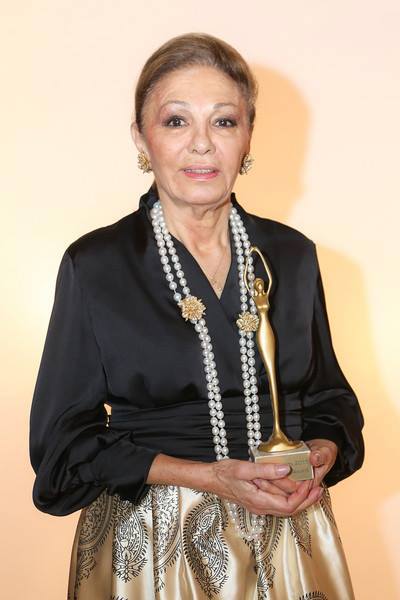Art & Exhibitions
Iran’s Legendary Shah Collection Will Travel to Berlin
Germany's foreign minister said it was a "signal for cultural and societal opening."

Germany's foreign minister said it was a "signal for cultural and societal opening."

Henri Neuendorf

After extensive speculation and complex negotiations it has been confirmed that the Tehran Museum of Contemporary Art (TMoCA)’s impressive collection of Western artworks will be shown at Berlin’s National Gallery from December 2016 to February 2017. It is the first time the closely-guarded works will be exhibited outside of Iran.
Hermann Parzinger, president of the Prussian Cultural Foundation—which manages Berlin’s state museums—and TMoCA’s director Majid Mollanoroozi, signed the contract several days ago, the German art magazine Monopol reports.
Farah Diba Pahlavi, the glamorous wife of the last Iranian shah, Mohammad Reza Pahlavi, assembled the collection, along with her cousin Kamran Diba, who was the museum’s first director, according to Bloomberg. Throughout the 1970s, funded by Iran’s oil wealth, they worked with unnamed buyers to purchase works by Claude Monet, Francis Bacon, Pablo Picasso, Max Ernst, Georges Braque, Alberto Giacometti, Jackson Pollock, Mark Rothko, Donald Judd, Andy Warhol, René Magritte, Duane Hanson, Chuck Close, and others from Western galleries and auction houses.

Farah Diba Pahlavi at the Woman of the Year-Awards, December 2015, in Vienna. Courtesy of Facebook.
Only two years after completion of the museum, the 1979 Islamic revolution brought an abrupt end to the shah’s liberal, but brutal, regime. After Ayatollah Ruhollah Khomeini inveighed against the “Westoxification” of Iran, the collection was moved into storage. Although the Tehran MoCA has tentatively displayed individual pieces, the bulk of the world-class collection continues to languish in crates, unseen by locals.

The collection remains in storage at the Tehran Museum of Contemporary Art. Courtesy of Wikimedia Commons.
However, there has been criticism over the cost of the show. According to Die Welt, the proposed sum negotiated by German’s foreign Ministry to present the collection in Berlin is in the region of €3 million ($3.4 million).
The German media has accused the government of using the upcoming exhibition to open up trade opportunities with Iran, which Germany’s export-based economy could benefit from following the lifting of sanctions.
Germany’s foreign minister Frank-Walter Steinmeier told Tagesspiegel that the upcoming exhibition served as a “signal for cultural and societal opening” between Iran and Germany.